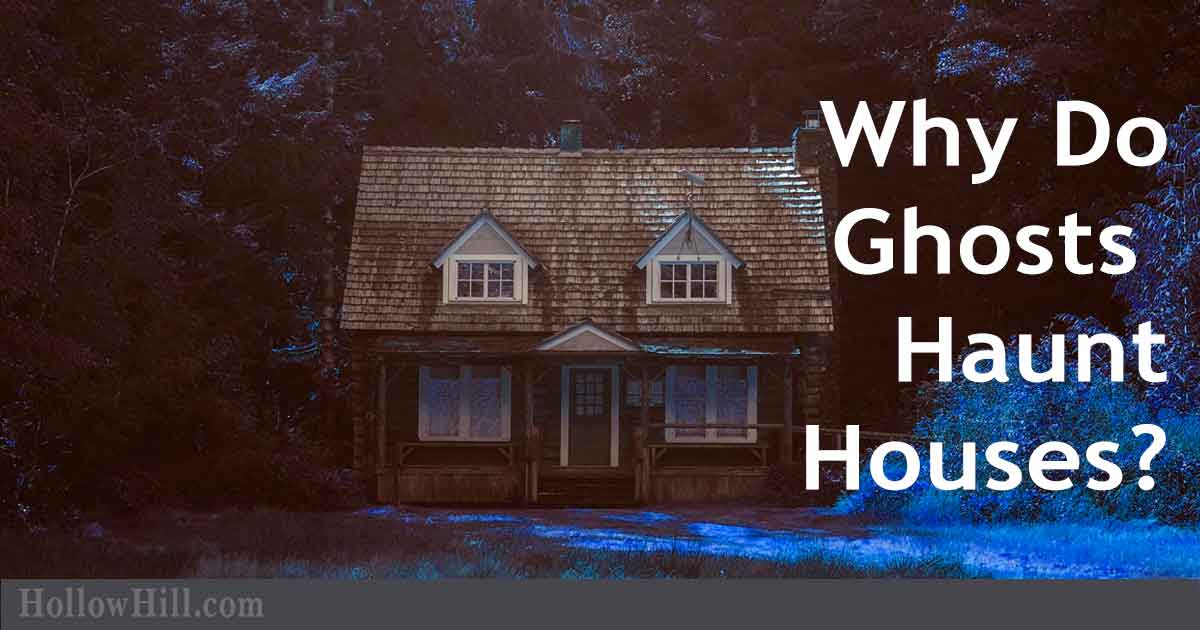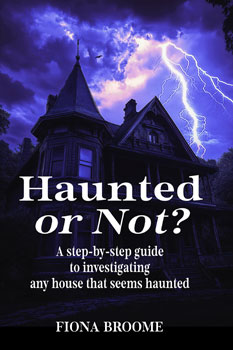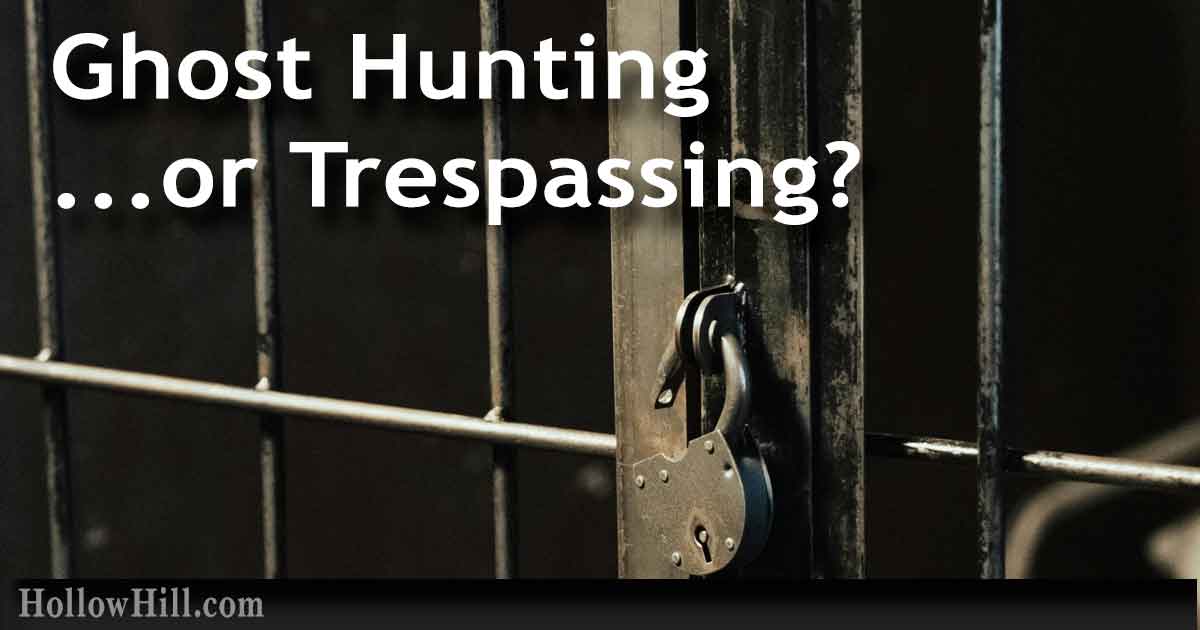Ghost orbs in photos… could a 1910 photo provide evidence they’re real?
We can learn a lot from an early 20th century photo of the Custer Battlefield cemetery.
But first, this is important if you’re taking photos at haunted sites…
Test Your Own Cameras
When anyone (including me) assures you that something is true, fact-check it yourself.
In the 1990s and early 21st century, I claimed that most “ghost orbs” were actually dust, insects, and reflections.
Later, facing a wave of angry arguments, I decided to prove my point.
I tested – and studied – dust, insects, reflections and more. I did my best to create photos with fake ghost orbs in them.
What I learned during those 5+ years of extensive testing was…
I Was Wrong
It’s incredibly difficult to confuse insects, reflections, etc., with actual ghost orbs.
They just look different.
Today, I urge people to test their own cameras. See what dust, pollen, rain, fog, reflections, breath, and insects look like in those photos.
I’m mean it: Test every camera you use for ghost hunting. Deliberately stage “false orb” conditions.
Then, analyze those photos. Could you confuse them with truly anomalous orbs?
You’ll save yourself a lot of confusion – and perhaps embarrassment – when you can glance at your own photos and know when a ghost orb is real.
A 1910 Photo Features Most Problems
Recently, I stumbled onto a great, old photo that shows some easily identified issues, as well as orbs that might be ghostly.
It’s a photo of the Custer Battlefield National Cemetery.
The picture was taken in 1910, when photography was very different from now. But, the “ghost orb’ issues remain the same.
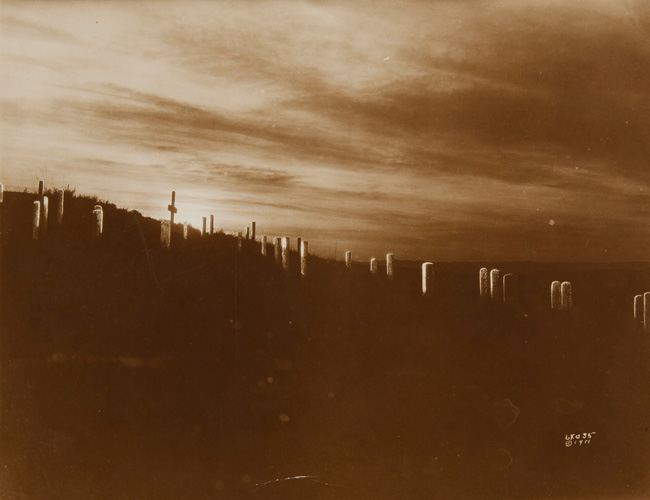
I’ve enlarged some of the orbs to show what might be an anomaly – also called a “ghost orb” – and what’s probably a glitch in the photo.
Processing Mistakes
First, an obvious glitch. In the photo above, the following area is in the lower right part of the picture, to the left of the white writing.
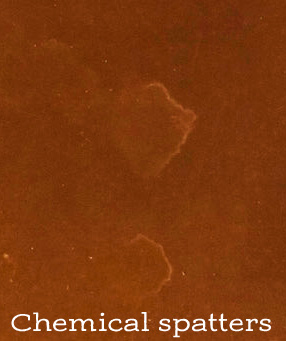
That photo was processed in a lab. Chemical splashes and spatters could happen. That’s the most likely explanation for those irregular, somewhat circular areas.
Even in the 1990s, when I was taking film photos at haunted sites, I still had to examine the negatives for splashes and lab errors.
False Orbs – Dust and Insects?
The next enlargement shows what could be pollen and insects, as well as some possible anomalies. In the original photo, this area is in the lower half of the picture, and just left of the center.

Orb #1 includes a clear dot. In a color photo, it might be yellow or orange. When it is, the orb is almost always caused by pollen.
But, I see other similar, small dots nearby. So, the orb might be real and the dots might be a glitch from the developing or printing process, or damage to the print during storage.
Solution: When you’re taking photos, ask a friend to stand to one side and in front of you. He or she can tell you if anything in the air looked highlighted by your flash.
Orb #2 is an odd shape, and part of it is more solid looking. That’s often a flying insect.
Solution: When you’re ghost hunting outdoors, regularly look up at streetlights, or have a friend leave a flashlight on for several minutes. Many insects are attracted to light.
If you see bugs flying in front of a light, keep them in mind when you’re analyzing your photos, later.
Miscellaneous Items
The next enlargement is from the sky area in the Custer photo. It’s near the top and to the right of the middle.

Irregular shape #1 is probably damage to the print or something that spilled on the negative.
Shape #2 could be almost anything, including an insect or two, or a printing glitch.
Possible Ghost Orbs
After ruling out things that look like false anomalies, I still see several orbs I can’t explain. Not entirely, anyway. (I am mindful that sunlight may have been streaming directly towards the camera.)
I’ve indicated a few possible orbs from the sky area of the photo. But, a closer examination of the original photo may reveal more.
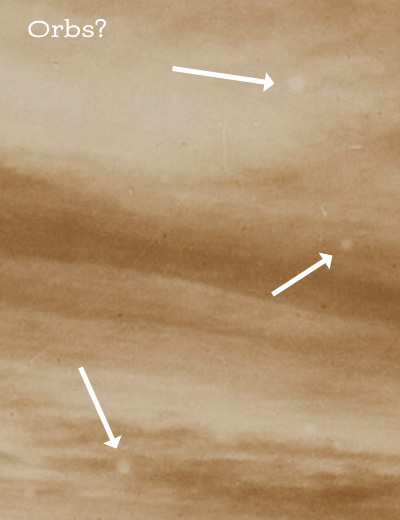
Of course, they could be processing errors from the darkroom. They could be insects or pollen, or something else that’s perfectly normal.
I have no idea and, frankly, no one can be sure whether anything I’ve said is accurate about this photo.
We’d need to test the camera the photographer used.
That’s my point.
Testing each camera is essential.
Then, we can tell whether our photos may include ghostly anomalies… or if we’re looking at something normal (and annoying).
This is important, as well: Even after those tests, we’ll have unanswered questions.
One Question Lingers
Despite what I’ve said here, never assume that the logical, normal explanation is the only explanation.
Something that “looks like dust” could still be an anomaly.
And, even if it is dust, you may have another mystery: What causes dust in that area, but nowhere else at that location or nearby?
In other words, the orb may not be the anomaly.

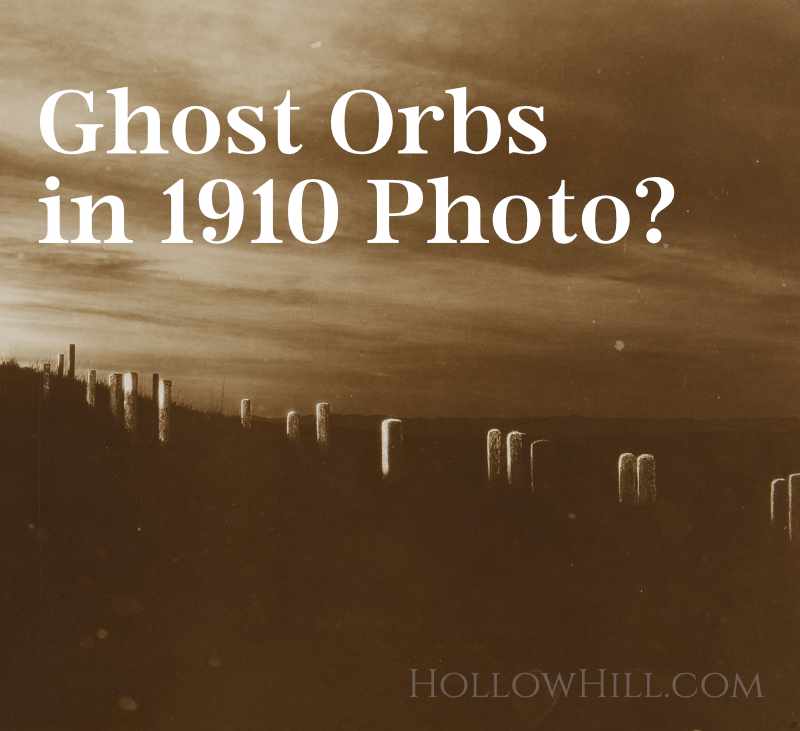
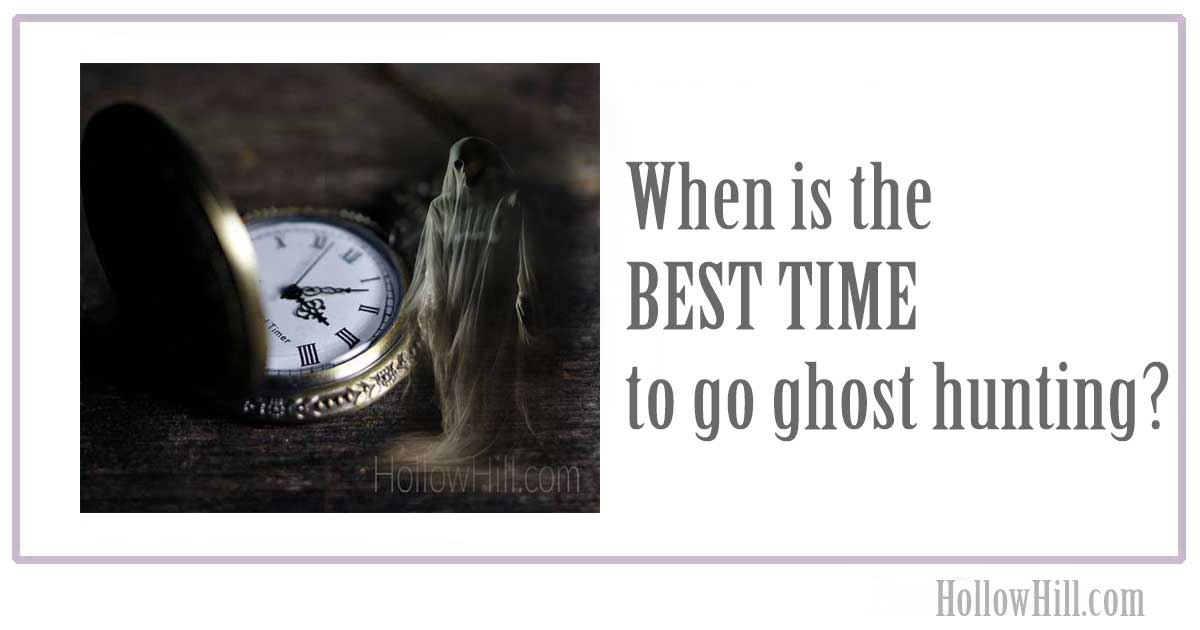
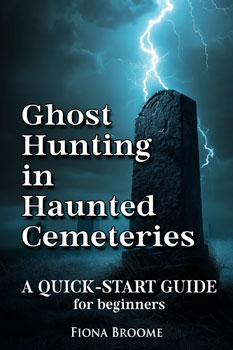
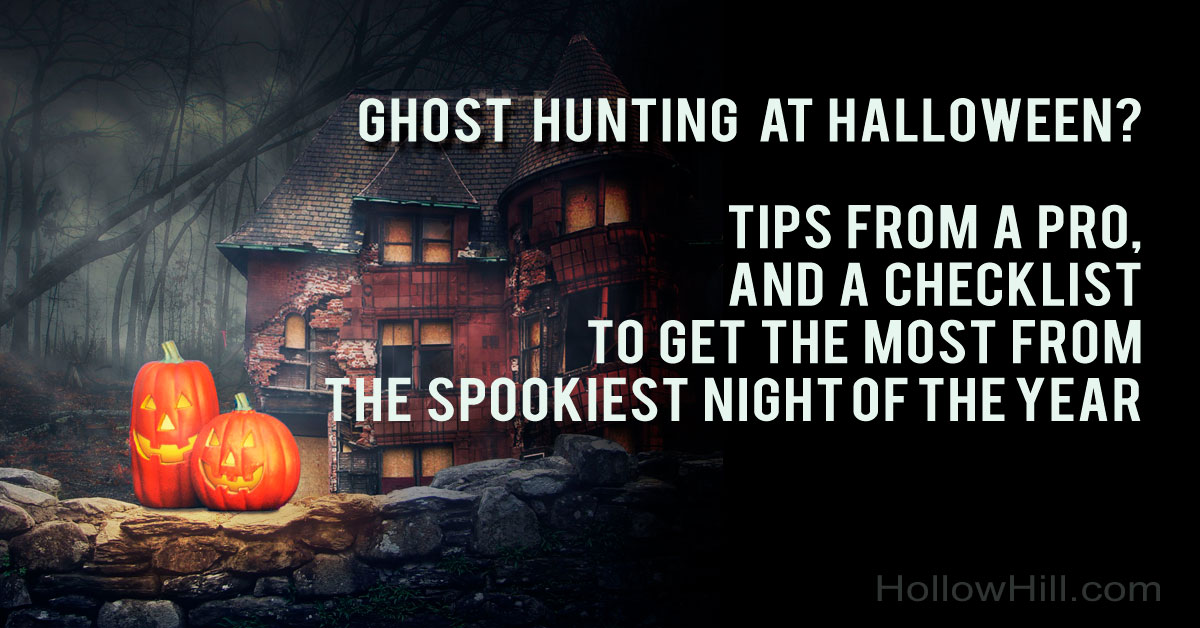
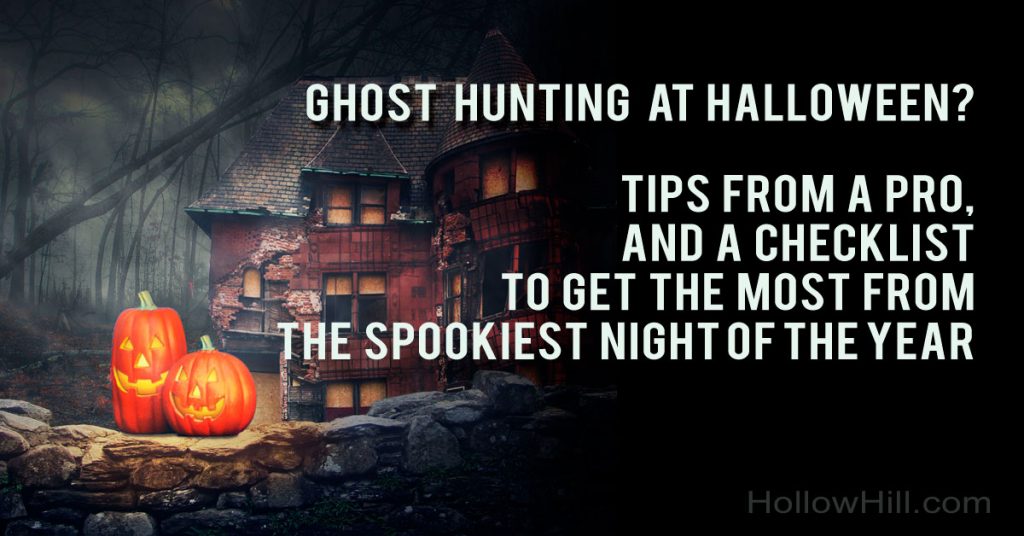



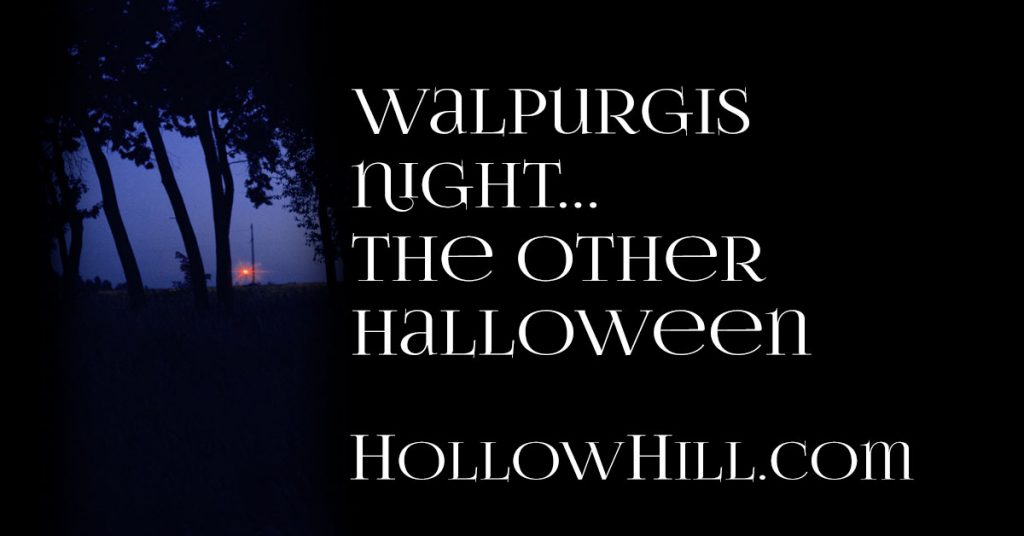

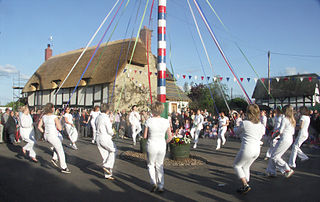 May 1st, also known as May Day, is a holiday in many countries around the world.
May 1st, also known as May Day, is a holiday in many countries around the world.
